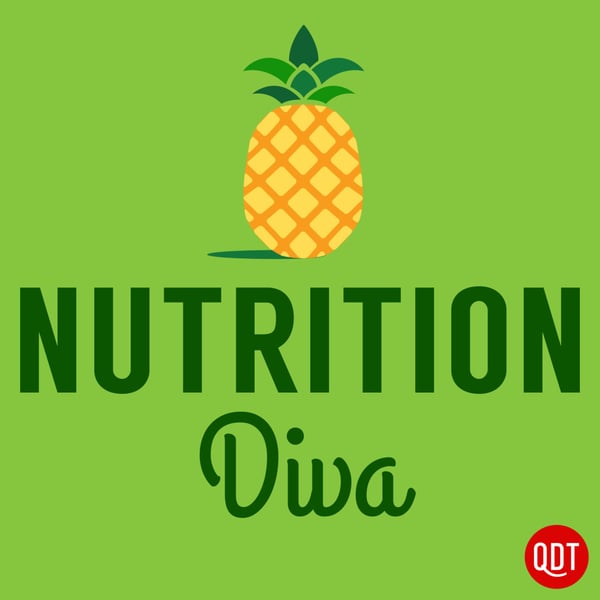Why You Need More (Not Less) Phytic Acid in Your Diet
Nutrition Diva
Macmillan Holdings, LLC
4.3 • 1.7K Ratings
🗓️ 23 March 2021
⏱️ 8 minutes
🧾️ Download transcript
Summary
Transcript
Click on a timestamp to play from that location
| 0:00.0 | Hello, I'm Monica Rinegal. Welcome to the Nutrition Diva podcast. Today's show is on |
| 0:09.8 | Phytic Acid, something I've talked about before, but today I want to tell you some surprising |
| 0:14.9 | ways that this so-called anti-nutrient is actually good for you. Phytic acid has gotten |
| 0:21.2 | a lot of bad press lately, and it's true that this compound, which is found in legumes, nuts, |
| 0:27.6 | seeds, and whole grains, can bind to minerals and reduce their absorption. But there is a lot |
| 0:33.7 | more to the Phytic Acid story. Phytic acid, or Phytate, is a natural compound found in the seeds |
| 0:41.2 | or the kernels of plants. Young plants need phosphorus in order to develop their roots, |
| 0:46.6 | and when seeds are planted in soil or even just soaked in water, the Phytic Acid breaks down |
| 0:52.9 | and releases phosphorus to support the sprouting plant. But if we eat those seeds instead of planting |
| 1:00.6 | them, we may end up absorbing less calcium, iron, copper, and zinc from the foods that we eat |
| 1:06.6 | at the same meal. And that's because Phytic Acid does have a tendency to bind to certain minerals |
| 1:13.2 | and block their absorption from the small intestine. And this is why Phytic Acid is sometimes referred |
| 1:19.4 | as an anti-nutrient. It reduces the amount of nutrients that we absorb from foods. |
| 1:25.0 | Dried beans, nuts, seeds, and cereal grains like wheat, barley, oats, and rice all contain Phytic Acid. |
| 1:32.7 | As a rule, beans and nuts are higher in Phytic Acid than cereal grains. And the Phytic Acid is |
| 1:38.8 | concentrated in the seed hull, or in the case of grains, the bran. If you remove the hull, |
| 1:44.8 | you also remove most of the Phytic Acid, too. White rice, for example, is much lower in Phytic Acid |
| 1:50.4 | than brown rice. Soaking beans, nuts, and grains in water for 12 to 24 hours, or simply cooking them, |
| 1:59.2 | breaks down most of the Phytic Acid. And you know, mineral deficiencies due to Phytic Acid intake |
| 2:04.7 | are generally not a concern in developed nations. Nonetheless, a lot of health-conscious people |
| 2:10.8 | soak or sprout all their nuts and grains, or avoid them all together in an effort to reduce |
| 2:17.0 | their intake of Phytic Acid and increase their absorption of minerals. Not only is this probably |
... |
Please login to see the full transcript.
Disclaimer: The podcast and artwork embedded on this page are from Macmillan Holdings, LLC, and are the property of its owner and not affiliated with or endorsed by Tapesearch.
Generated transcripts are the property of Macmillan Holdings, LLC and are distributed freely under the Fair Use doctrine. Transcripts generated by Tapesearch are not guaranteed to be accurate.
Copyright © Tapesearch 2025.

